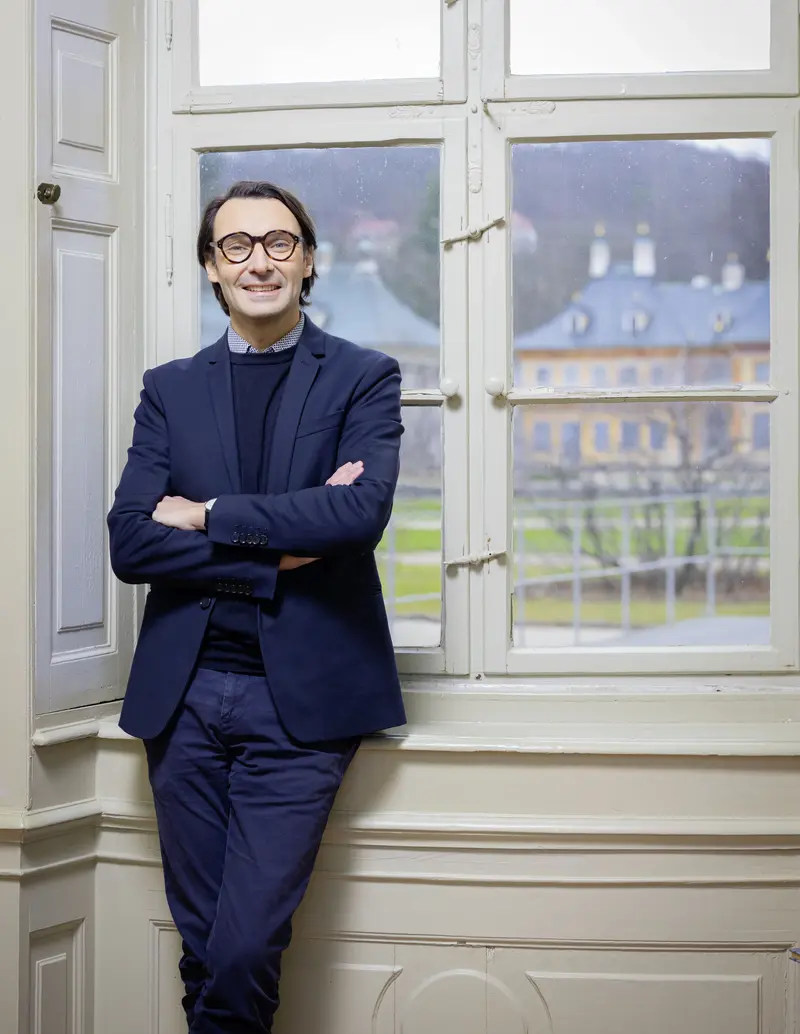[Translate to English:] Thomas Geisler
The collection at Schloss Pillnitz is aiming to be a vivid space for learning and discussing about history, present and future.
The collection at Schloss Pillnitz is aiming to be a vivid space for learning and discussing about history, present and future.

The Dresden Kunstgewerbemuseum initially served the very practical purpose of training the eye: Founded in 1876, and affiliated with Dresden's decorative arts college, the museum was to both help foster an awareness of material and design quality and to teach students, visitors as well as industrial producers and tradesmen about form and taste. The breaking up of the guilds and increasing industrialization had led to a progressive deterioration of product quality, and so the museum was founded first and foremost as a state initiative aimed at fostering and developing the Saxon economy.
Starting in 1914, it was run as an independent museum, and the new focus was to put on presentations that took an art-historical approach and were ordered by stylistic periods. Numerous collection items were lost to destruction and theft during the final weeks of the Second World War, including valuable tapestries and exhibits from the East Asia collection. For a long time after the war, there was also a lack of exhibition space, as Dresden's city centre was destroyed. Several parts of the collection found a home in the Zwinger, while some pieces of furniture are still on show in the Moritzburg and Weesenstein castles today.
In 1963, the collection was moved to Schloss Pillnitz (Pillnitz Palace). In addition to special spaces such the visible storage display of the furnishings manufacturer Deutsche Werkstätten Hellerau and the Weinlig rooms in Schloss Pillnitz, special exhibitions regularly shine a light on selected objects at the centrally located Kunsthalle am Lipsiusbau.

The Kunstgewerbemuseum is a place that inspires contemporary designers and facilitates a dialogue between the core areas of traditional design represented in the collection and new, international approaches to design. Informing the collection's systematic expansion of the recent years, this direction has above all allowed contemporary pieces from the neighbouring countries of Poland and the Czech Republic to be acquired.